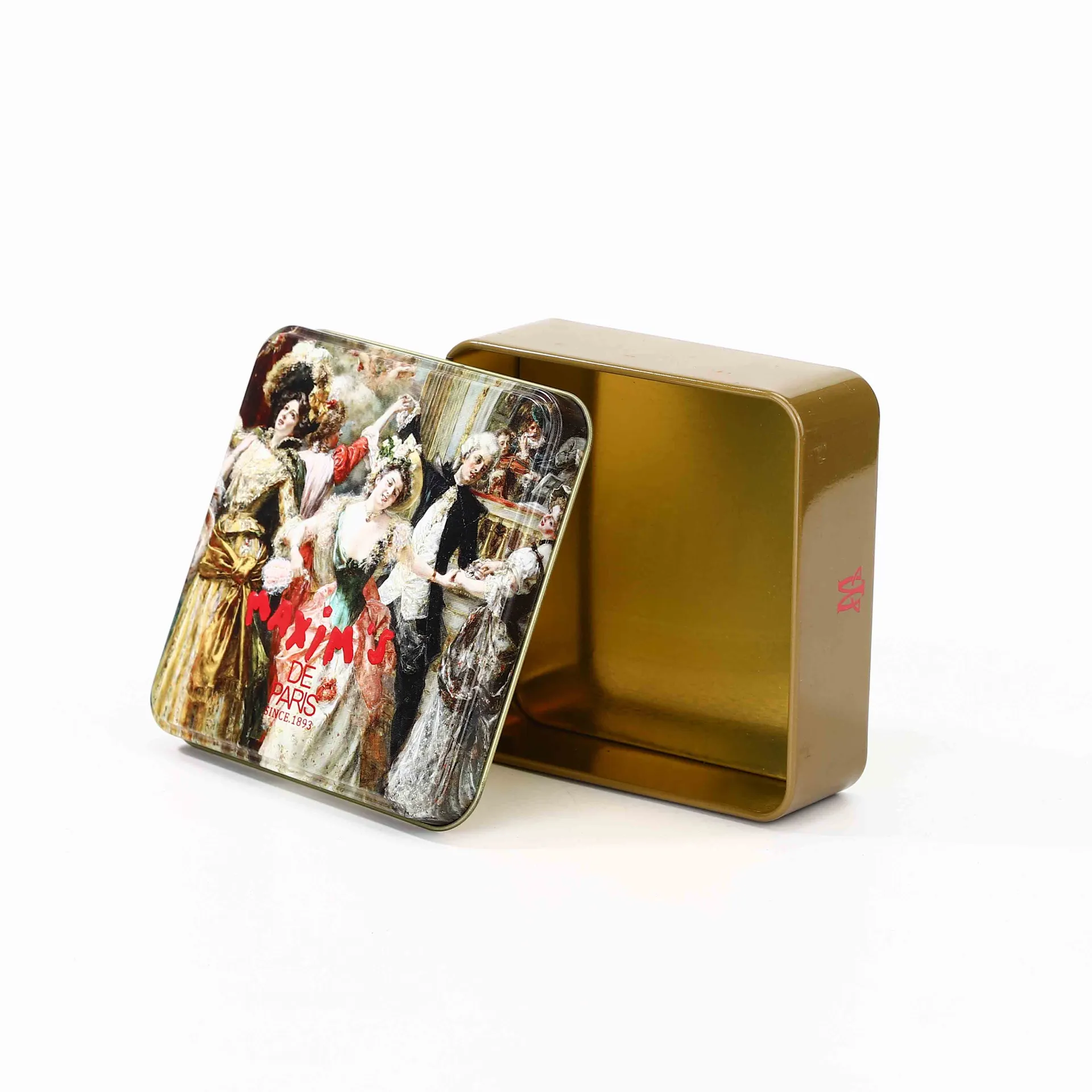Dec . 05, 2024 15:28 Back to list
Innovative Solutions for Sustainable Tin Can Packaging in Modern Industries
The Art of Tin Can Packaging Preservation, Convenience, and Sustainability
Tin can packaging has been an integral part of the food and beverage industry for over a century. Originally developed in the early 19th century as a means of preserving food, this innovative packaging solution has evolved into a multifaceted medium that not only preserves the quality and safety of food but also offers convenience and sustainability. This article explores the significance of tin can packaging, its benefits, and the trends shaping its future.
The Historical Context
The concept of tin can packaging dates back to the early 1800s when French inventor Nicolas Appert discovered that food could be preserved by sealing it in airtight containers. This revolutionary idea was showcased at the 1810 London exhibition, leading to the establishment of commercial canning in England and eventually across the globe. The first tin cans were made by hand; however, the introduction of mechanized production during the industrial revolution significantly boosted efficiency and availability.
Benefits of Tin Can Packaging
Preservation of Quality One of the primary advantages of tin can packaging is its ability to preserve the quality and safety of food products. The canning process involves heating the contents to kill bacteria and sealing them in a sterile environment. This method locks in flavors, nutrients, and freshness, ensuring that canned foods can be stored for years without spoiling. Consumers appreciate this aspect, knowing that they can stock their pantries with ready-to-eat meals that retain their nutritional value.
Convenience Tin cans are lightweight and easy to stack, making them an ideal choice for both consumers and manufacturers. They are designed for easy opening, often with reusable or single-use pull tabs. This convenience has led to their popularity in busy households, where quick meal preparation is essential. Furthermore, canned goods have a long shelf life, allowing for less frequent grocery shopping trips and reducing food waste.
tin can packaging

Sustainability Another noteworthy benefit of tin can packaging is its environmental impact. Tin cans are made from steel and are 100% recyclable. The recycling process requires significantly less energy compared to producing new cans from raw materials. In fact, recycled steel uses about 74% less energy and produces 86% less air pollution. As consumers become increasingly conscious of their environmental footprint, the demand for sustainable packaging solutions like tin cans continues to rise.
Trends Shaping the Future of Tin Can Packaging
Innovative Designs As sustainability gains importance, designers and manufacturers are exploring eco-friendly alternatives and innovative designs for tin can packaging. Biodegradable coatings and renewable materials are being incorporated into the production process, enhancing the recyclability and reducing the environmental impact of can production.
Artistry and Branding In recent years, there has been a growing trend of using tin cans as a canvas for artistry and branding. Companies are transforming their packaging into eye-catching designs that reflect their brand identity. This not only attracts consumers but also enhances the aesthetic appeal of canned products, making them more desirable in the crowded marketplace.
Health-Conscious Products With the rise in health consciousness among consumers, companies are shifting towards packaging that emphasizes natural ingredients and health benefits. Labels on tin cans are now prominently displaying nutritional information, ingredient sourcing, and health claims, catering to the informed and health-conscious buyer.
Conclusion
Tin can packaging stands as a testament to the ingenuity of food preservation and packaging technology. Its historical importance, practical advantages, and eco-friendly attributes contribute to its continued relevance in the modern world. As manufacturers and consumers prioritize sustainability, innovation, and convenience, tin can packaging will likely adapt and thrive, continuing to play a crucial role in the food industry. In an era where food safety and environmental awareness are paramount, the humble tin can remains a champion of quality preservation, convenience, and sustainability.
-
Durable Large Metal Boxes | Top Manufacturers & Suppliers
NewsAug.09,2025
-
Custom Large Metal Box Manufacturers: Durable & Reliable Solutions
NewsAug.08,2025
-
Large Metal Box Manufacturers - Custom & Durable Solutions
NewsAug.07,2025
-
Durable Large Metal Box Manufacturers | Custom Solutions
NewsAug.06,2025
-
Large Metal Box Manufacturers | AI-Powered Solutions
NewsAug.05,2025
-
Leading Large Metal Box Manufacturers | Custom Solutions
NewsAug.04,2025




















